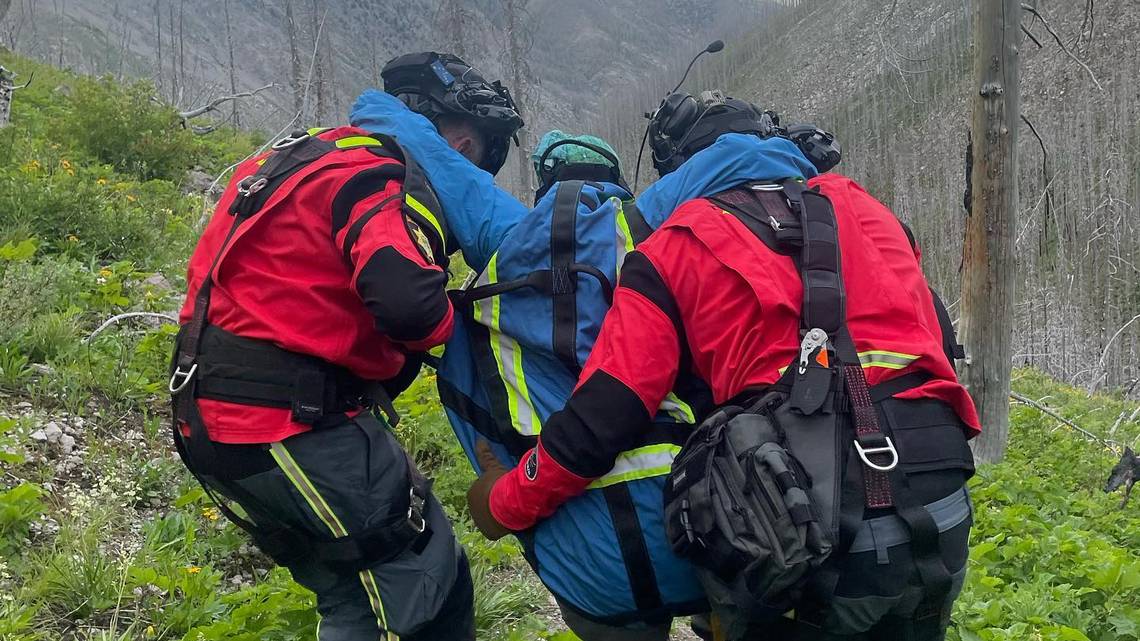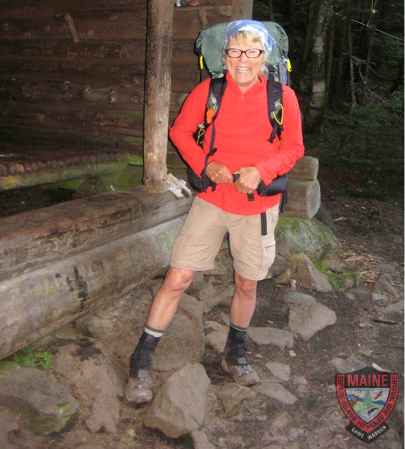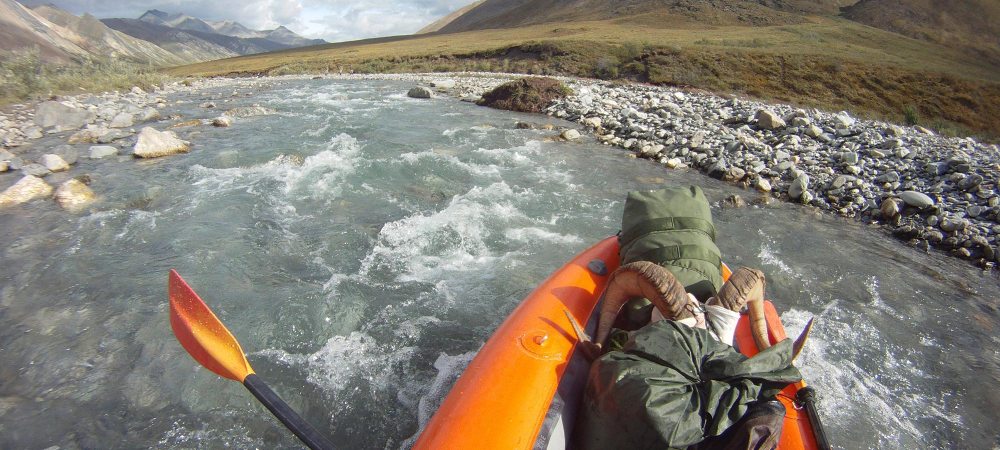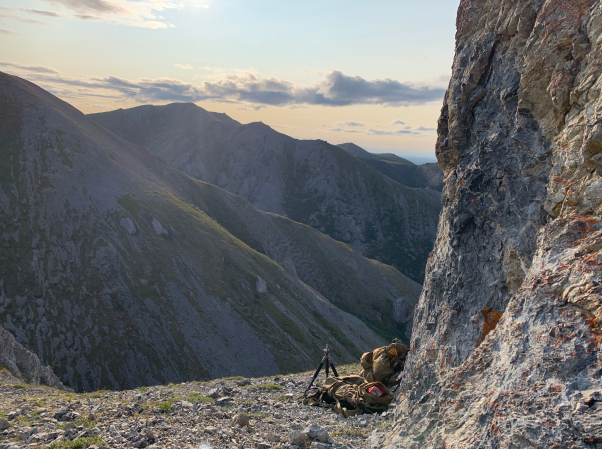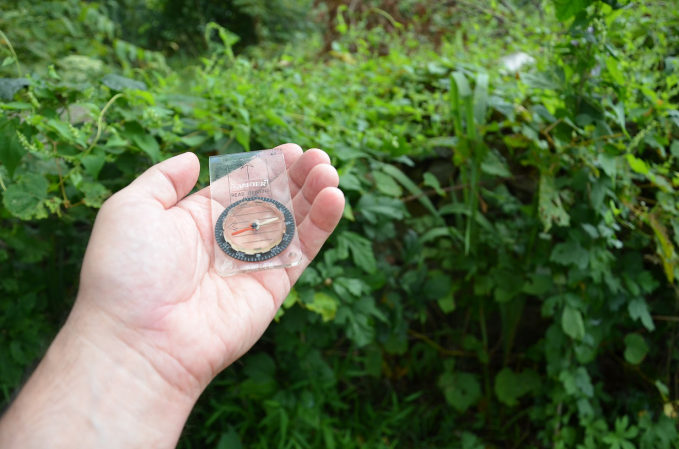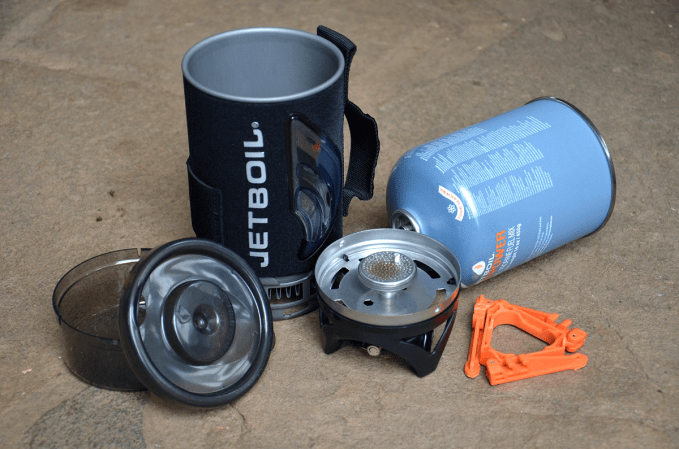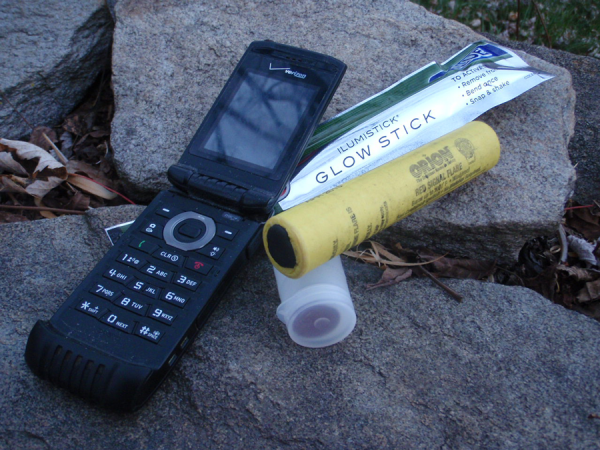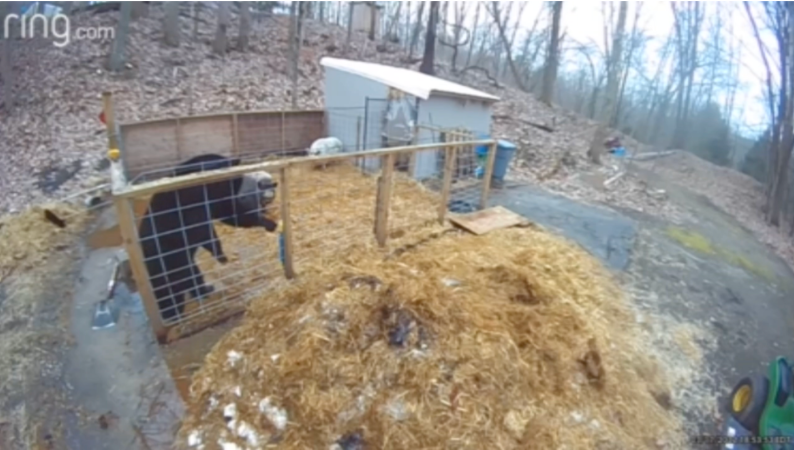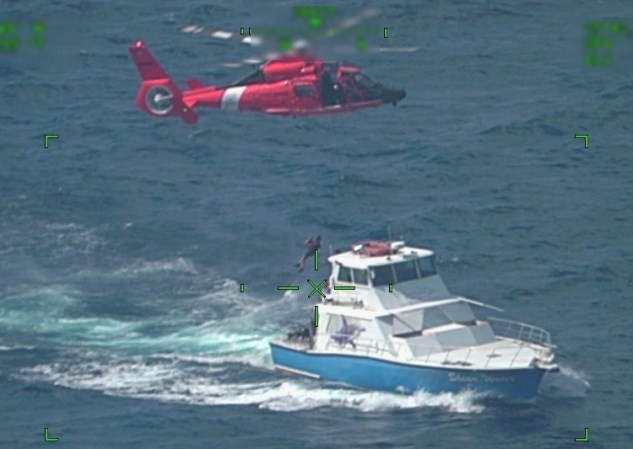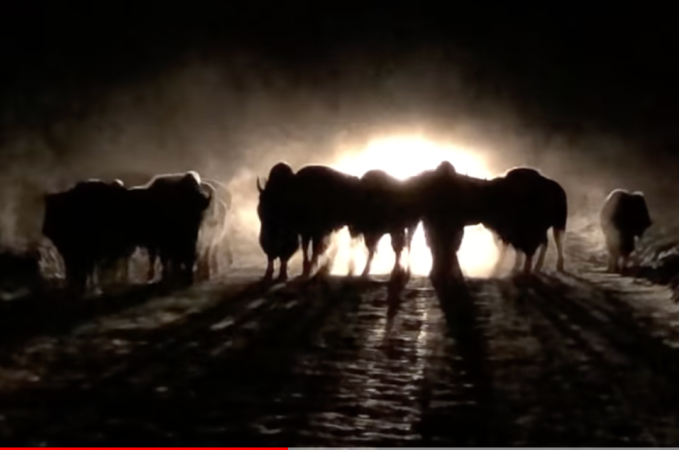It’s a hiker’s nightmare: you’re on a remote trail with no cell service when your ankle rolls and breaks. You have no way to contact anyone for help, and no real hope that someone will happen to hike along and find you. As a bonus, you’re surrounded by bear scat.
That’s the position one hiker found herself in during a hike with her husband through Montana’s Bob Marshall Wilderness Area. They were seven miles away from the trailhead—too far for the injured woman to hike out. So her husband made the tough call to leave his injured wife behind.
When he made it back to the trailhead, he made contact with authorities. As there were no local search and rescue organizations for this remote corner of the state, Two Bear Air Rescue attempted to send a helicopter to her location, near the Swift Dam along a fork of Birch Creek. But strong winds prevented the rescuers from landing near the injured hiker, and the copter was instead forced to drop off rescuers a mile and a half away.
When they hiked to the injured woman’s location, rescuers noticed bear scat all around her.
“There was grizzly bear poop everywhere,” they told the Idaho Statesman. After tending to the hiker’s injuries—her leg was broken in two places above the ankle—the rescuers then carried her piggyback to the landing site, arriving just as the sun was setting.
While the SAR team was able to get to the injured hiker before a grizzly encounter, rescuers don’t want hikers to take any chances, and they posted this reminder on their Facebook page: “When deep in the backcountry, bring a satellite communication device to save valuable time and enable the group to stay together.”
Communication Devices for the Backcountry
Once considered necessary only for those traveling far off the grid, personal locator beacons should be carried by anyone traveling into remote terrain—even day hikers. Unlike cell phones, which operate off of towers located on terra firma (and are never located in wilderness areas), personal locator beacons work via satellite. If you have clear access to the sky, they can send out a signal. Rescuers can then use the location information in that signal to pinpoint your whereabouts, dramatically speeding up rescue times.
A more versatile option is to carry a satellite communication device, such as the Garmin InReach Mini or Spot X, which requires an additional subscription plan and allows for two-way communication. In the case of this rescue mission, a PLB would have allowed the couple to stay together, rather than having to leave an injured person alone in grizzly country.
In addition to carrying a personal locator beacon or satellite communication device, backcountry travelers should also share their plans with a friend or relative in the frontcountry. This includes the intended route, destination, and the expected return time. It can also be useful to share who you are hiking with, as well as the gear you will be carrying. This is all information SAR teams might ask about if you don’t return from the wilderness when you’re supposed to.

